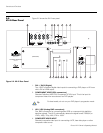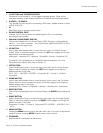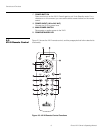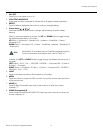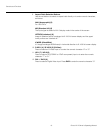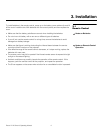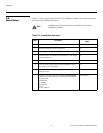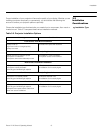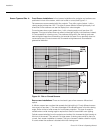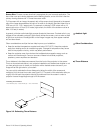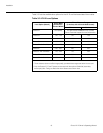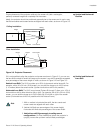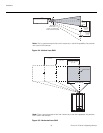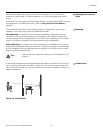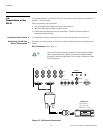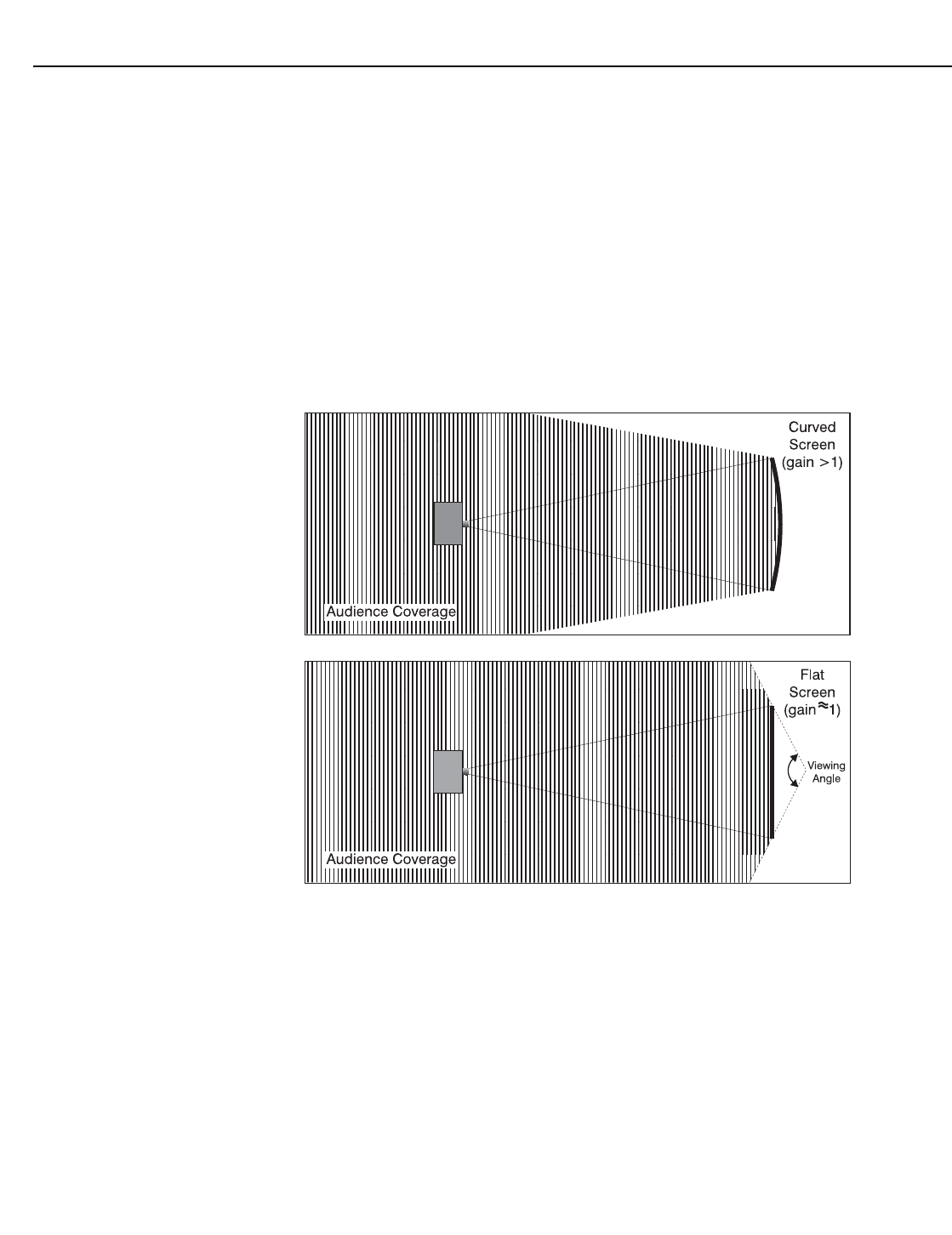
Installation
14 Runco VX-2i Owner’s Operating Manual
Screen Type and Size Front Screen Installations: In front screen installations the projector and audience are
positioned in front of the screen, which can be flat or curved; see
Figure 3-1.
Flat screens are recommended with this projector. They offer a gain of about 1 with a
viewing angle just less than 180°. This type of screen reflects incident light equally in all
directions so the audience can see the display from various angles.
Curved screens have a gain greater than 1 with a viewing angle much less than 180
degrees. This type of screen does not reflect incident light equally in all directions; instead,
it is concentrated in a viewing cone. The audience sitting within the viewing cone area
sees a brighter image than those sitting just outside this area. Runco generally does not
recommend use of curved screens due to excessive brightness and uncorrectable
geometrical distortion.
Figure 3-1. Flat vs. Curved Screens
Rear screen installations: There are two basic types of rear screens: diffused and
optical.
A diffusion screen has a surface that spreads the light striking it. Purely diffused screens
have a gain of less than 1. The main advantage of the diffused screen is its wide viewing
angle, similar to that of a flat screen for front screen projection. This type of screen is
suitable when a wide viewing angle is required but there is low ambient room lighting.
Optical screens take light from the projector and redirect it to increase the light intensity at
the front of the screen. This reduces it in other areas. A viewing cone similar to that of a
curved, front-screen installation is created. This type of screen is better suited for brightly
lit rooms where the audience is situated within the viewing cone.
➤



